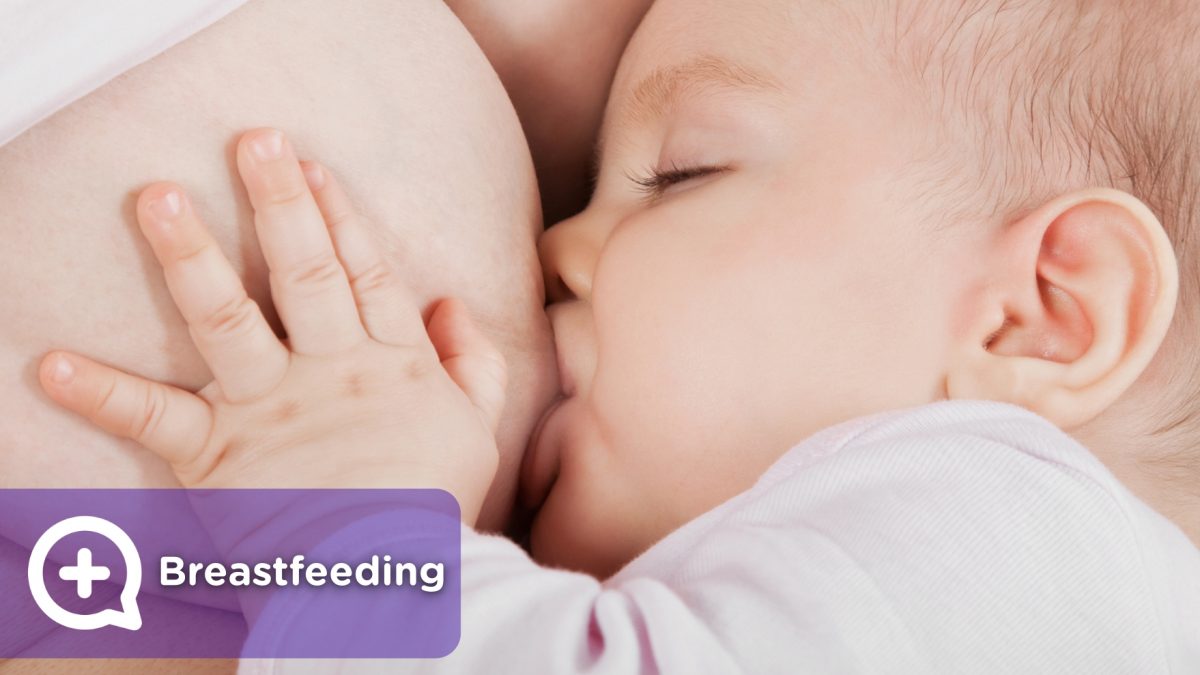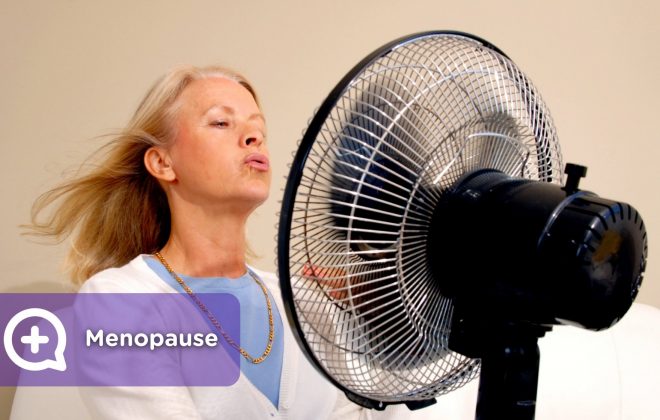For many breastfeeding mothers, breastfeeding their baby is one of the best moments of their lives. And it is true, since it is a relationship of affection and attachment between mother and child. It is not always so idyllic, though. Problems often arise that can cause despair and anxiety, especially in first-time mothers.
First of all, you should know that you are not the first or only one that this happens to. There are problems in the nursing period, but the good thing is that there are solutions. Here we share the four most common breastfeeding problems and how to solve them.
1. My baby does not latch onto the nipples.
This is the most common breastfeeding problem. As a consequence, it generates cracks in the nipples, inflammation of the breasts, among others. It arises because the baby is not able to put their lips on the breast and so they only suck the nipple, causing pain and an insufficient feeding.
SOLUTION: take the nipple and put it in their mouth, making sure you take both the nipple and the areola.
2. Pain or cracks in the nipples.
The main causes are the incorrect placement of the baby on the breast or bad suction.
SOLUTION: First, you must improve the position of your child during breastfeeding. Check that your baby is comfortable; hold it with your arm forming a “nest”. In addition to the position, you can use liners to protect the nipples from the baby’s bad suction. An alternative is to wet the nipples with breast milk so you can better guide the baby. There are creams that are effective since they soften the nipple skin, which prevents the problem from getting worse.
3. Swollen and painful breasts
The breastfeeding guide of the Government of La Rioja differentiates between swollen, hot and hard breasts by increased blood flow and milk accumulation, and edematous, shiny and red, swollen breasts.
SOLUTION: In the first case, before the breastfeeding, local heat should be applied by means of a shower, cloth, or hot water bag, since it will facilitate the output of the milk and soften the areola. After the application, apply something cold for a few minutes. If the breast is shiny, with red areas, a stretched nipple and the milk is not flowing, then it means it is an enlarged breast. To avoid a congested breast, it is recommended to let the baby breastfeed as long as you need and, if in spite of this you still have milk, you should extract it manually or even with a breast pump.
4. Mastitis
The infection of the breasts generates pain, fever, inflammation and redness of the breasts. In most cases, it is caused by the entry of a bacteria or the obstruction of a duct. It almost always happens during the first weeks after delivery.
SOLUTION: Do not interrupt breastfeeding as a way to cure mastitis. It is very important to continue, especially with the affected breast. You will prevent the accumulation of milk. While you are not breastfeeding, you can massage your breast to lower the inflammation. Place hot compresses before breastfeeding, and use cold ones between the hot. If necessary, the doctor can give you an antibiotic, which will be fully compatible with your baby.
Consult with the doctor if after 24 hours of pain and redness there is no improvement and you develop a fever.
*Content validated by the mediQuo medical team.



